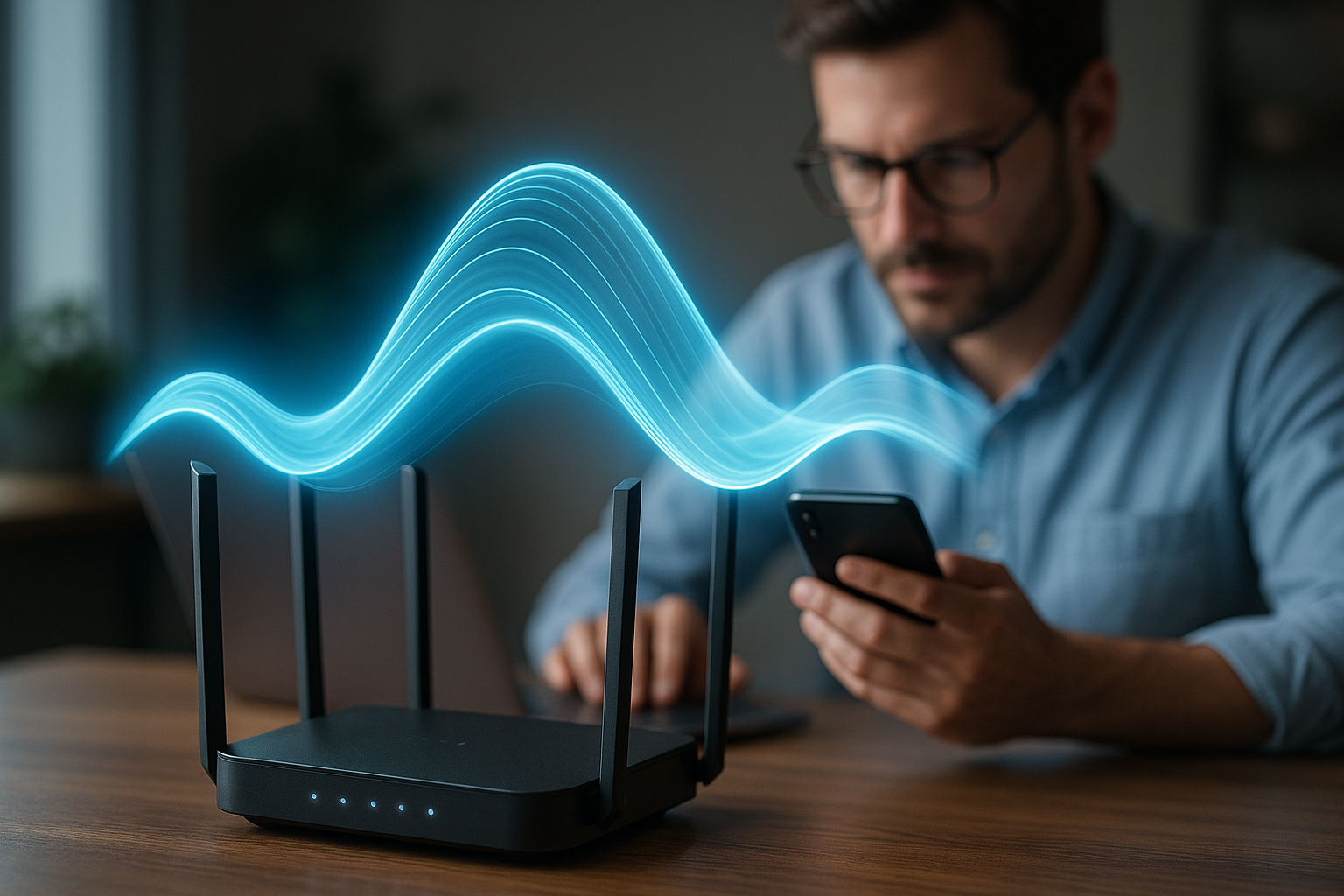Understanding 5G Technology in Modern Smartphones
The evolution of mobile technology has reached a significant milestone with the introduction of fifth-generation wireless technology. This advancement promises to transform how we interact with our mobile devices, offering unprecedented speeds and connectivity options that were previously unimaginable.

Fifth-generation wireless technology represents a revolutionary leap forward in mobile communications, fundamentally changing how smartphones connect to networks and process data. Unlike previous generations, this technology delivers ultra-low latency, massive network capacity, and blazing-fast download speeds that can reach up to 10 gigabits per second under optimal conditions.
How Smartphone Technology Has Advanced
Modern smartphones equipped with fifth-generation capabilities feature specialized modems and antenna systems designed to harness the full potential of next-generation networks. These devices incorporate advanced chipsets that can seamlessly switch between different frequency bands, ensuring optimal performance across various network conditions. The integration process requires sophisticated engineering to balance power consumption while maximizing data throughput.
Manufacturers have invested heavily in developing phones that can effectively utilize these enhanced network capabilities. The result is a new generation of devices that can handle bandwidth-intensive applications, support multiple simultaneous connections, and provide consistently reliable performance even in crowded network environments.
Key Features of Next-Generation Phone Networks
The technical specifications of fifth-generation networks enable smartphones to achieve remarkable performance improvements. Network slicing technology allows carriers to create dedicated virtual networks for specific applications, ensuring consistent quality of service for critical functions. This capability is particularly beneficial for applications requiring real-time responsiveness, such as augmented reality, cloud gaming, and video conferencing.
Enhanced mobile broadband capabilities mean that smartphones can now download full-length movies in seconds rather than minutes. The improved network architecture also supports significantly more connected devices per square kilometer, addressing the growing demand for IoT connectivity and smart city applications.
Smartphones and Network Compatibility Considerations
Not all smartphones are created equal when it comes to next-generation network compatibility. Devices must include specific radio frequency components and software capabilities to access advanced network features. Many older phone models lack the necessary hardware to connect to these networks, making device compatibility a crucial consideration for consumers.
Network coverage varies significantly by geographic location and carrier infrastructure investment. Urban areas typically receive priority for network deployment, while rural regions may experience delayed rollout schedules. Understanding local network availability helps consumers make informed decisions about device upgrades and carrier selection.
| Device Category | Price Range | Key Features |
|---|---|---|
| Premium Flagship | €800-€1200 | Full network support, advanced cameras, premium materials |
| Mid-Range Options | €400-€700 | Selective network bands, balanced performance, good value |
| Budget-Friendly | €200-€400 | Basic network compatibility, essential features, entry-level |
| Enterprise Models | €600-€1000 | Enhanced security, business applications, extended support |
Prices, rates, or cost estimates mentioned in this article are based on the latest available information but may change over time. Independent research is advised before making financial decisions.
Battery Life and Performance Impact
The implementation of advanced wireless technology in smartphones presents both opportunities and challenges for battery performance. While next-generation networks can be more efficient in data transmission, the initial connection processes and high-speed data transfers can consume significant power. Manufacturers have responded by developing more efficient processors and implementing intelligent power management systems.
Modern smartphones incorporate adaptive algorithms that automatically adjust network usage based on application requirements and battery levels. These systems help optimize the balance between performance and battery longevity, ensuring users can take advantage of enhanced connectivity without compromising device usability throughout the day.
Future Applications and Use Cases
The enhanced capabilities of next-generation smartphone networks open possibilities for innovative applications that were previously impractical. Augmented reality experiences become more immersive with reduced latency and increased bandwidth. Cloud-based computing applications can now provide desktop-level performance on mobile devices through seamless connectivity to remote servers.
Smart city integration represents another significant opportunity, with smartphones serving as interfaces for connected infrastructure, real-time traffic management, and environmental monitoring systems. The improved network capacity also supports enhanced video streaming quality, enabling 4K and even 8K content consumption on mobile devices.
The transformation of smartphone capabilities through advanced wireless technology continues to evolve, with ongoing network improvements and device innovations promising even greater functionality in the years ahead. As infrastructure deployment expands and device costs decrease, these enhanced capabilities will become increasingly accessible to broader consumer markets.




